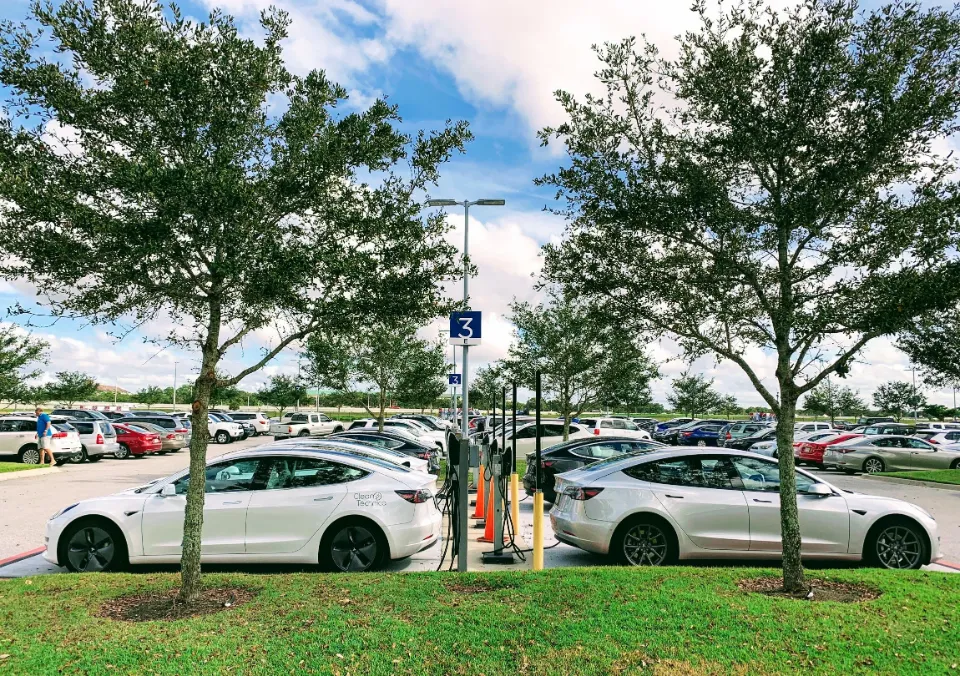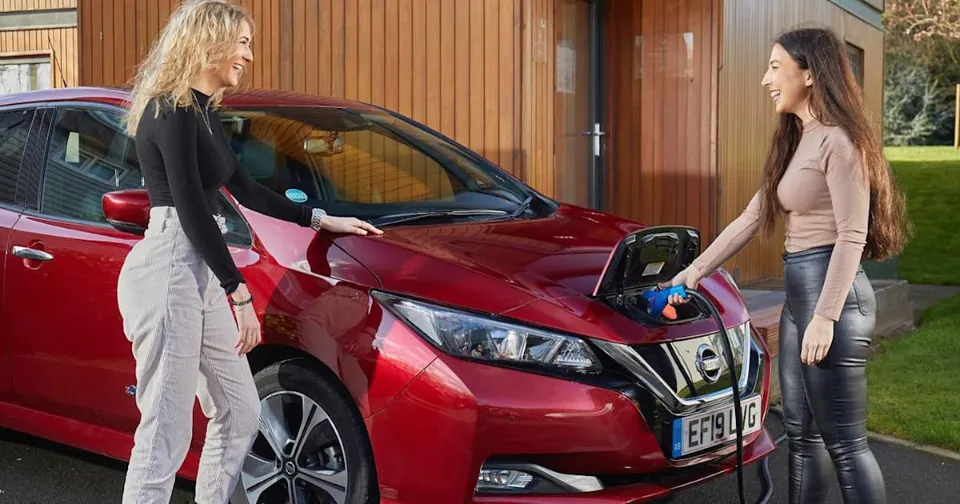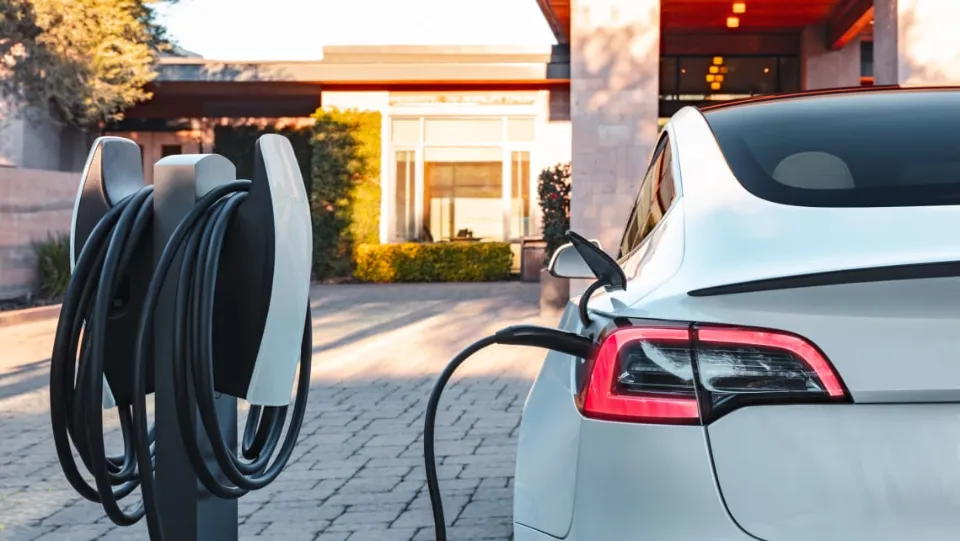What is EV charging? And how does it work? Keep reading to find out!
EV charging is the process of using EV charging equipment to deliver electricity to the car’s battery. An EV charging station taps into the electrical grid to charge an EV. The technical term for EV charging stations is electric vehicle supply equipment (EVSE).
For more information, continue reading.
What is EV Charging?
EVs require charging in order to maintain sufficient power to function, just like a cell phone. Electric vehicle (EV) charging is the process of supplying electricity to a vehicle’s battery using EV charging equipment. To charge an EV, a charging station connects to the power grid. Electric vehicle supply equipment (EVSE) is the official name for EV charging stations.
EV drivers can charge at a home charging station, a public charging station, or at a workplace charging station.
A Level 2 charger used at home is referred to as residential EV charging.
Commercial electric car charging applies to EV fleet, multi-family units, and workplace charging stations. Employees and customers can use the commercial electric vehicle charging stations. Public access is also available at many commercial EV charging stations.
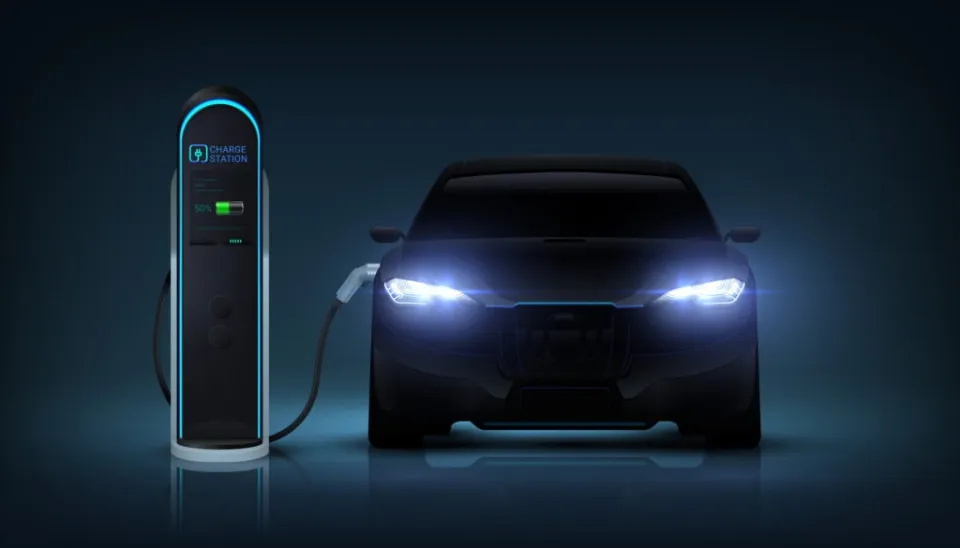
Read about: How Much Does It Cost to Install An EV Charger?
How Does EV Charging Work?
Electric current is delivered to an electric vehicle through a connector or plug by an EV charger after being drawn from the grid. In order to power the electric motor in an electric vehicle, this electricity is kept in a sizable battery pack.
A charging cable is used to connect the connector on an EV charger to the electric vehicle inlet, which functions as the gas tank in a conventional vehicle.
DC power is the only type that EV batteries can accept.
The Various Types of EV Chargers
Well, EV chargers can be categorized in a number of ways depending on various factors like location, charging speed, charging technology, etc.
EV Chargers based on location:
- Destination Chargers: Chargers installed on places like residential buildings, malls, hotels, offices etc. These are typically low voltage AC chargers (240/415 volts).
- Chargers installed in locations like gas stations, highways, and restaurants where EV drivers can visit, stop for a while, charge their cars, and then resume their journey. These are typically quick-charging DC Fast Chargers with high voltage.
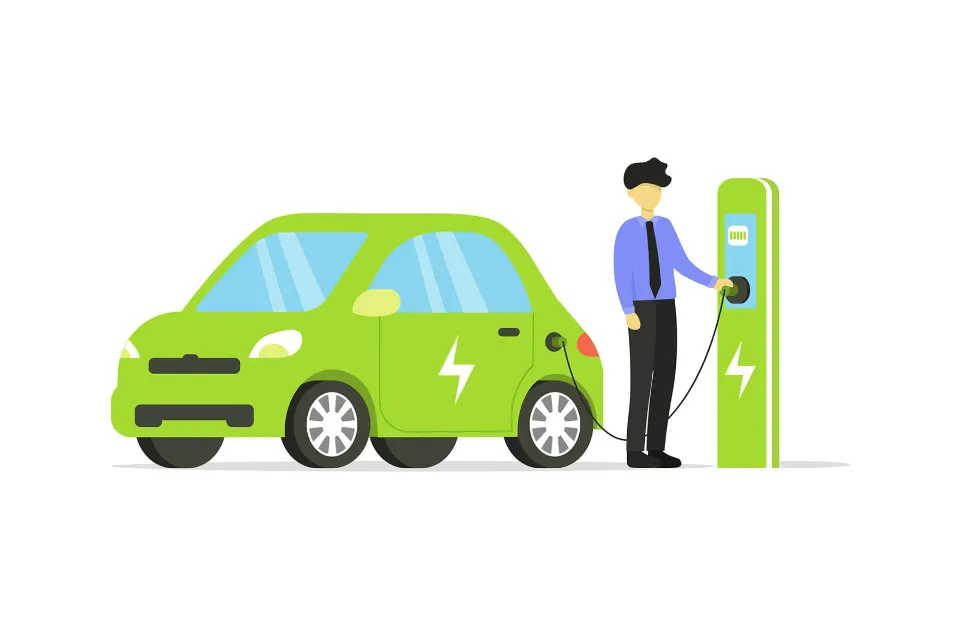
EV Chargers based on type of Hosts:
Charging stations come in two categories – Residential and commercial.
- Single-family homes are the only ones that should use residential charging stations. They may not have features like user authentication, scan & pay etc. Residential charging stations can be purchased.
- Commercial stations operate with more hardware and software and are significantly more technologically advanced. It is situated in areas near shopping centers, workplaces, and retail establishments. It typically has more capacity and is also fitted with smart technology to control usage, scan, pay, etc.
EV Chargers based on Power Ratings:
Usually, there are three main levels of charging an electric vehicle
- Level 1 – This is a much slower charge for an electric vehicle and is the most basic, using 240 VAC.
- Level 2: The energy is pushed to 240 Volts and 30 Amps, also known as the residential charging level. The energy used by the washer and dryer at home is equivalent.
- Level 2 (commercial) — When recharging cars away from home, Level II commercial stations have taken over as the norm. They offer the same 240V and 30 Amps as domestic stations, but the real benefit is realized when the commercial networks are intelligent.
- Level 3 (DC fast charging) – Level III, also known as DC Fast Charging, uses a voltage range of 200 to 600 VDC to refill an electric car in as short as 30 minutes. This is a great choice for mobile charging.
There are three ways to charge an EV. A typical Level 1 domestic wall socket may be used to charge the car. You can connect the vehicle to a Level 2 home charging station, which uses a 240-volt outlet with a higher capacity, similar to what some household appliances need. You can also use a Level 2 or Level 3 public charging station as an alternative.
EVs have their own set of connections, as opposed to smartphones, which can be charged by pinning them into any standard wall socket because all electronic device manufacturers use the same plug. When using a public charging station, you must first determine which type of charger is compatible with your car.
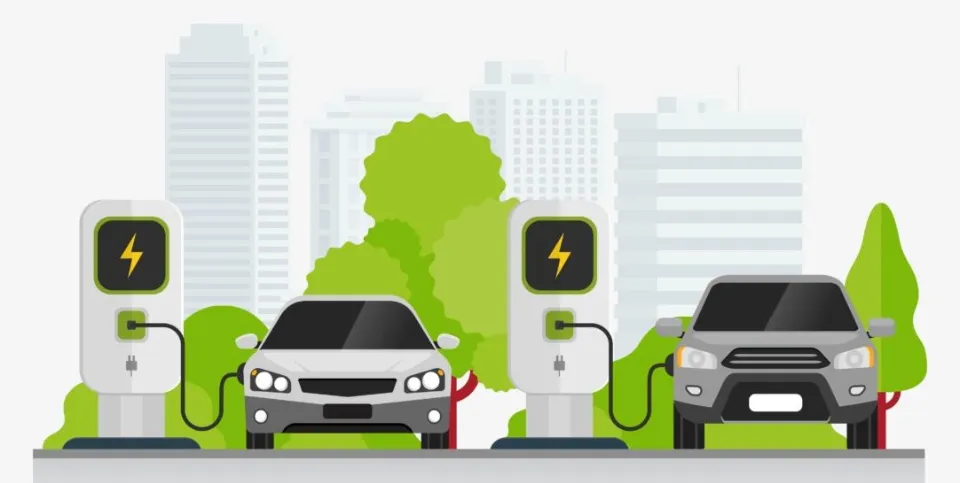
How Long Does It Take to Charge An EV?
Using a particular type of EV charging point will affect how long it takes to charge an electric vehicle.
Electric vehicles (EVs) can be charged at a rate of 2 to 5 miles per hour using level 1 chargers.
An EV can be charged up to 15 times more quickly at Level 2 EV charging stations than at Level 1 charging stations. They can charge 13-75 miles per hour.
Electric vehicle level 2 chargers are effective and simple to use. For home charging, a level 2 charging station is the ideal option.
An EV battery can be charged to 80% of its capacity by a DC Level 3 charger in 10 to 30 minutes. This is of course the fastest charging option available on the market today. Not all EVs can use DC fast chargers.
How Fast Are Tesla Superchargers?
Tesla Superchargers can be found in over 25,000 locations worldwide. According to Tesla, the size of its global fast-charging network is unmatched.
A Tesla battery can be fully charged using a Tesla Supercharger in about 30 minutes. Homes are not permitted to have Tesla Superchargers installed. Only open spaces, such as malls, stores, or busy roads, are equipped with Superchargers for Tesla EV drivers to use.
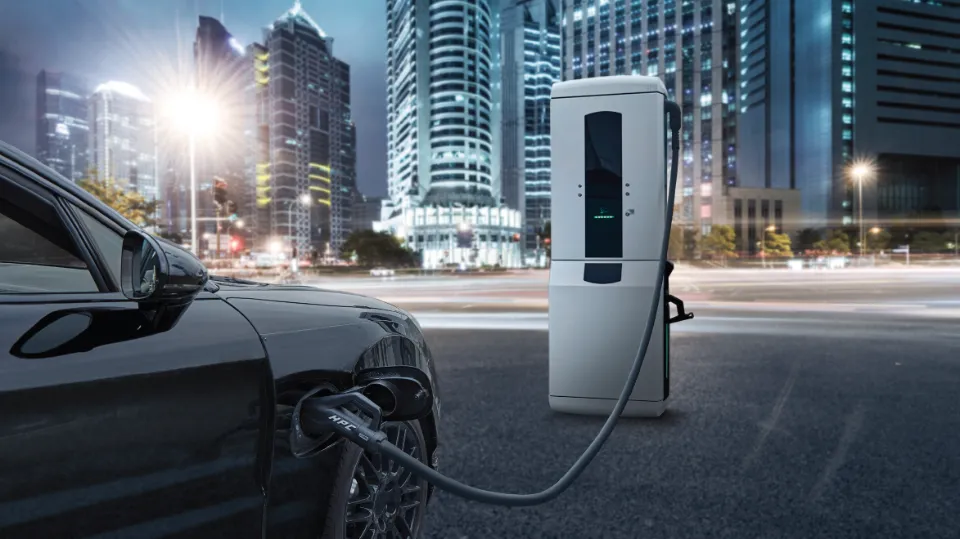
How to Charge An Electric Car at Home?
A great way to reduce stress and enjoy owning an EV even more is to install a home charger. Using a home electric vehicle charging station is safer, more convenient, and cheaper than plugging into a public charger. Range anxiety is unlikely, and it’s highly unlikely that you’ll ever need to use a public charging station again.
At-home charging is easy. All you need to do to finish charging your EV after installing the charger is to plug the connector into the inlet. Make sure to charge when there is little demand so you can benefit from off-peak demand pricing. You will likely find overnight charging is your best option.
The challenging part is installation. The process is simple thanks to WattLogic. We can provide you with a quote and a turnkey package that includes submitting rebate applications on your behalf.
How Does the Cost of Charging Compare to Gasoline?
Driving an EV instead of an ICE vehicle can result in fuel savings of up to $14,500 over the course of 15 years.
Where you charge, your EV’s efficiency, how you use the vehicle, the area, and the time of day all affect how much it costs to charge an EV. According to the study, $0.15/kWh was the national average for charging an electric vehicle.
How does that compare to the cost to drive a car with an internal combustion engine? With gas prices at $3 to $4, the cost per mile ranges from $0.13 to $0.22 per gallon (you should be aware that this estimate may be on the low end due to frequent fluctuations in gas prices).
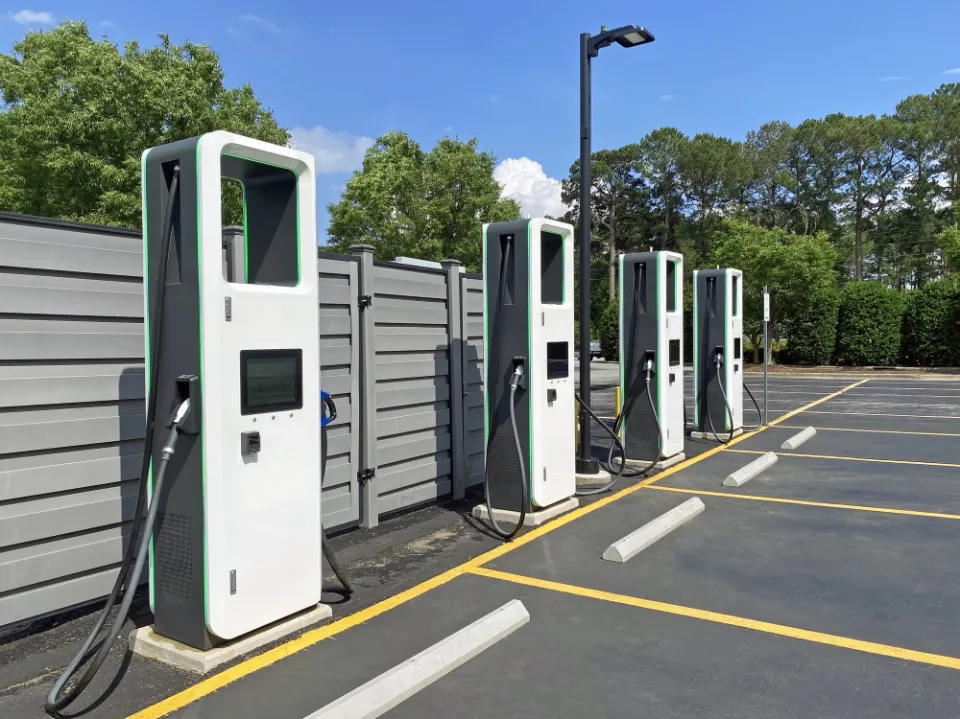
FAQs
How Do You Find EV Charging Stations?
Using an app is the most effective way to locate EV charging stations. Sites like PlugShare display charging locations from multiple charging networks, so you can compare rates and see how many chargers are available at a particular location.
However, you might be able to use your EV’s onboard trip planner if you want to stick with a particular network. Tesla vehicles can help you find the nearest Supercharger station or show you Destination Chargers at restaurants, hotels, and parking garages.
Do Electric Cars Charge While Driving?
One interesting fact about electric cars is that they use regenerative braking to conserve energy while you drive. When you slow down or hit the brakes on a gas-powered car, you’re essentially “wasting” the energy that your engine just produced.
You could say that EVs do charge a little while they are driving because regenerative brakes recycle that kinetic energy and use it to recharge the battery.
But the more accurate answer is that they don’t. Regenerative braking is more efficient, but it doesn’t add any new energy to the battery. Your electric vehicle (EV) will still need to be plugged into a charging port; otherwise, it will eventually run out of power.
What Happens If An Electric Car Runs Out of Battery While on the Road?
You can’t just walk to the closest gas station and come back with enough gas to get you to a charging station if you happen to run out of battery power while driving an EV. You’ll most likely have to call a tow truck to take you to the nearest charging location.
The good news is that the vehicle won’t be harmed if the battery runs out, and you should receive plenty of notice before this happens.
The dashboard of the majority of EVs will display an estimate of your charge level. While this can be wrong – especially if you’re driving uphill or in other unusual conditions – it should be accurate enough to help you plan your next charging session.
Do Electric Cars Lose Charge in Cold Weather?
For electric cars, heat is undoubtedly bad, but what about cold? According to a study by AAA, electric cars can lose 12–41% of their range in cold weather. But Blink Charging points out that both electric and gas cars “struggle in cold weather,” so it’s more likely that your car is simply using more energy on cold days.
Before unplugging your EV from the wall charger at home, leave it parked in a garage and turn on the heater to get the most range out of it during the winter. This will avoid having to dip into the battery pack to get your car comfortable.
How Much Does It Cost to Replace An Electric Car Battery?
Electric car batteries can be expensive to replace – anywhere from $2,500 to over $20,000 if you have to pay for them out of pocket. However, that won’t happen for the majority of EV drivers.
First, modern EV batteries can maintain their capacity for many years. For example, some Teslas have logged 100,000 or more miles with their original battery pack. Second, even if your battery does degrade, your warranty may cover it: EV manufacturers are legally required to offer an 8-year/100,000-mile warranty on the battery pack.
When purchasing a used EV, you should be especially cautious if the warranty is about to expire. If so, you might want to have a mechanic examine the battery.
Summary: What is EV Charging?
EV charging is the process of using EV charging equipment to deliver electricity to the car’s battery. An EV charging station taps into the electrical grid to charge an EV. The technical term for EV charging stations is electric vehicle supply equipment (EVSE).
If you have any questions, please leave a comment. KV Auto tries to give you the best car industry information. Thank you for reading.

